Meet Rida Gatphoh, a musician and founder of Dak_ti crafts.

Profile:
Name: Rida Gatphoh
Occupation: Founder of Dak_ti Crafts and Rida & The Musical Folks
—
cM: You studied design at the National Institute of Fashion Technology (NIFT) Bangalore, how did you get inclined towards craft?
Rida Gatphoh: Post NIFT, I moved to Bombay and worked for Future Group for about 5 years. Looking back, I feel that the so called ‘corporate experience’ was good in a way because it made me realise what I was missing. So I moved back to Shillong – didn’t even look for another job, because I just needed a break. Around
the same time, NIFT was setting up a centre in Shillong. Teaching wasn’t really my thing but I gave it a shot and it was amazing. I was working on the annual craft documentation and travelled with students to Meghalaya. And I was inspired. When I left the institute, I spent my time workshopping on craft development – something that connected me to the artisans. Realising that these crafts were dying, I started Dak_ti Crafts – Impressions of the Hand, in order to create a sustainable ecosystem for these craftsmen.
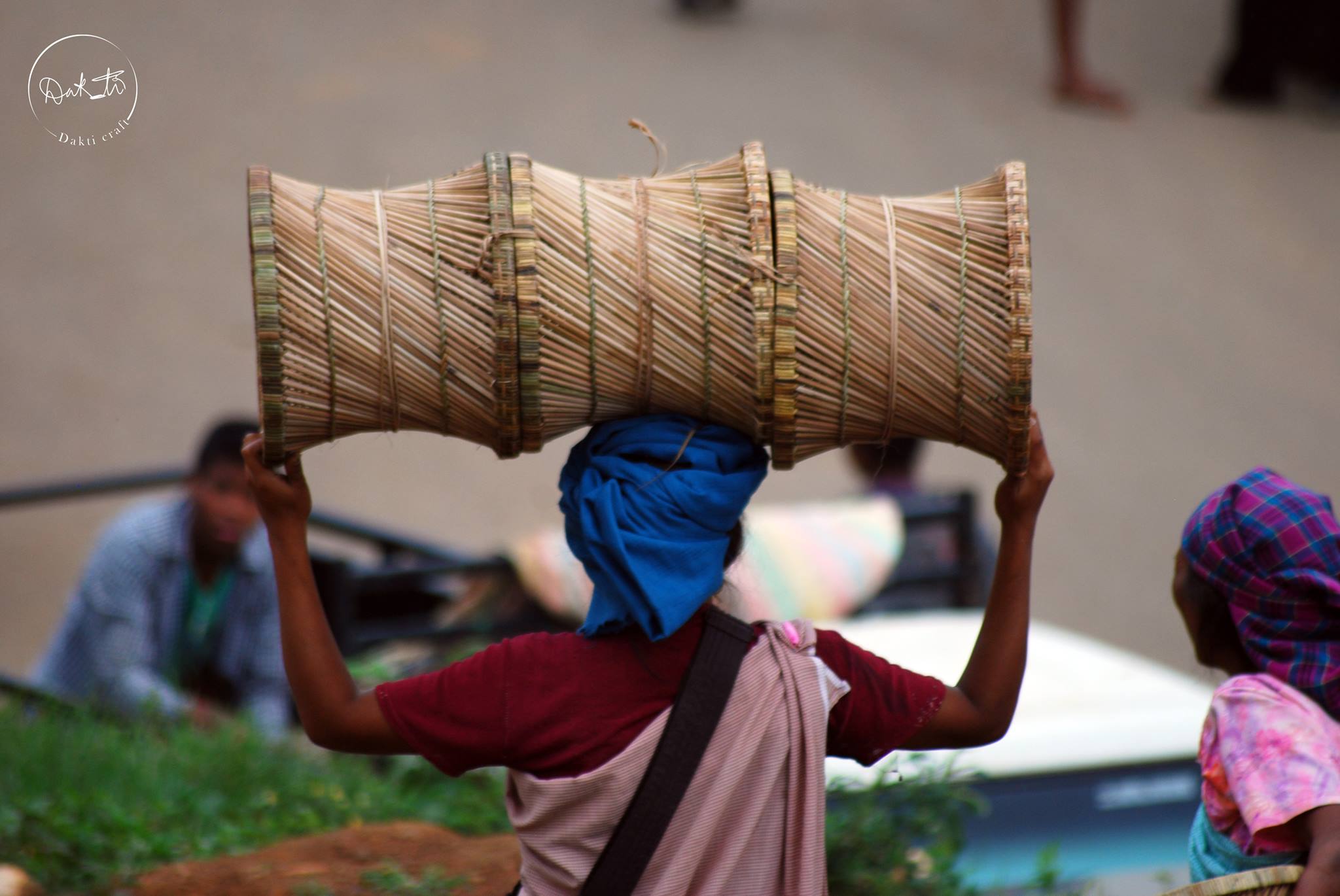
cM: What in your opinion is the best way to prevent the traditional crafts from disappearing?
RG : When I visited the pottery village, I noticed that the craftsmen weren’t inspired to work anymore because they felt that there wasn’t a market for their creations. The younger generation
moves to big cities in order to find jobs, which in turn means that the craft skills weren’t passed on from one generation to another. They needed ideas to channelise their skills to create something that was relevant to the current market. It’s not about giving up tradition but rather about giving it a contemporary image – something people can connect to.
cM: So how did the shift to music happen?
RG: Music and design have always held a special place in my life. When I came across a Khasi village in Wahkhen, Meghalaya, where they made musical instruments, I was automatically drawn to it.
Sieng Riti is an institute founded and run by some of these craftsmen. They make traditional instruments and also teach how to play them. I soon realised that nobody wants to come here and learn this craft. Besides, who would buy these instruments? I wanted to support and help them in any way I could.
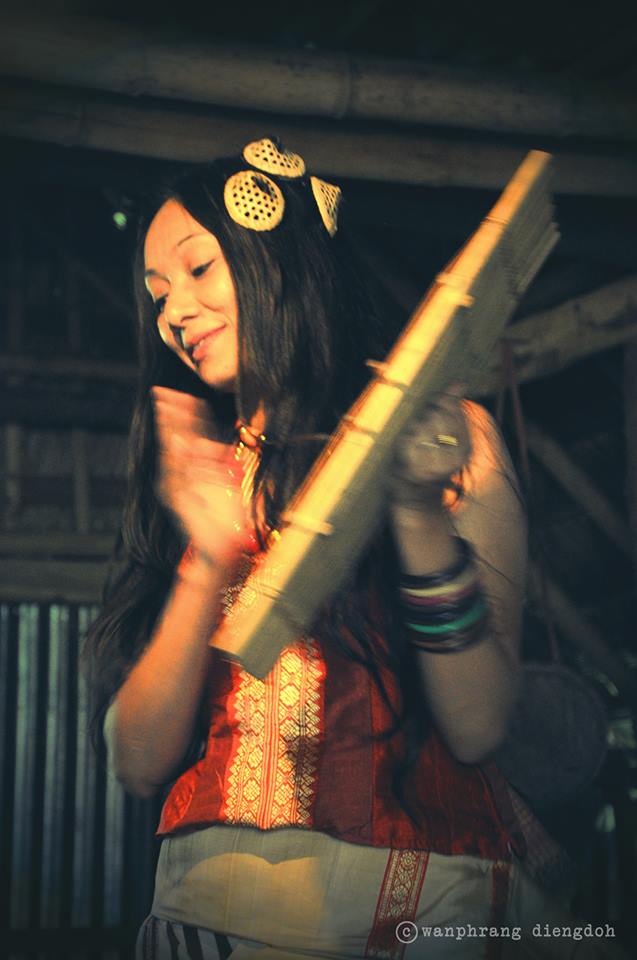
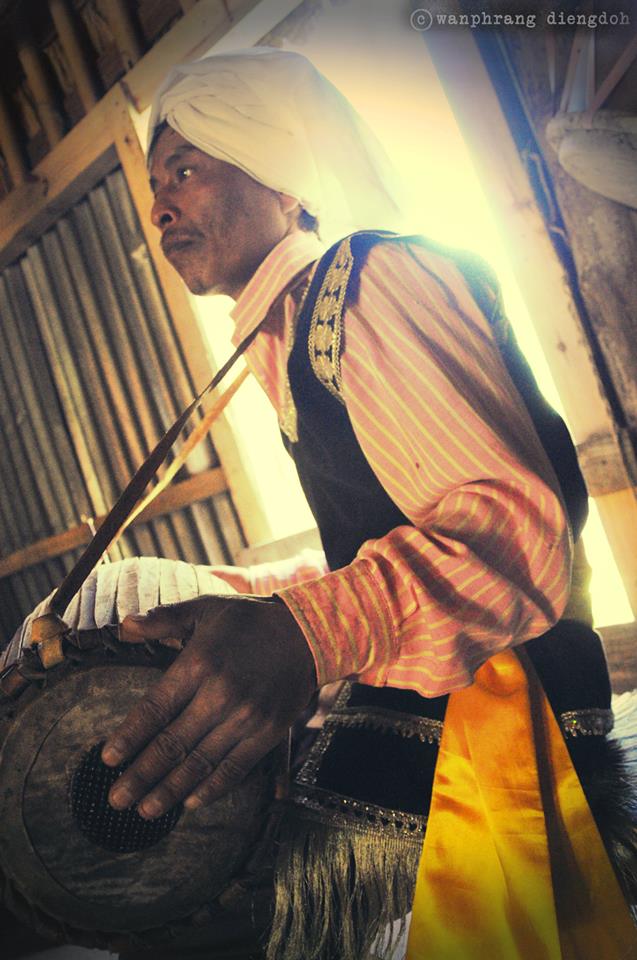
So I visited that village several times and documented their work process. Later on, along with instrument makers, Rojet Buhphang and Late Bah Malniang, I connected with Amarnath Hazarika, a Berklee College of Music graduate who is a guitarist, Peter Marbaniang on the duitara, who is a ceramic designer from NID,
Sean Nongrum, a percussionist and sound engineer, Risingbor Kurkalang who is a traditional instrument maker and Benedict Hynniewta, a flutist, who also makes his bamboo flute and a professor of fine arts at the university. Together we went on to form a band – Rida & The Musical Folks and recorded our first album, Musical Nature.
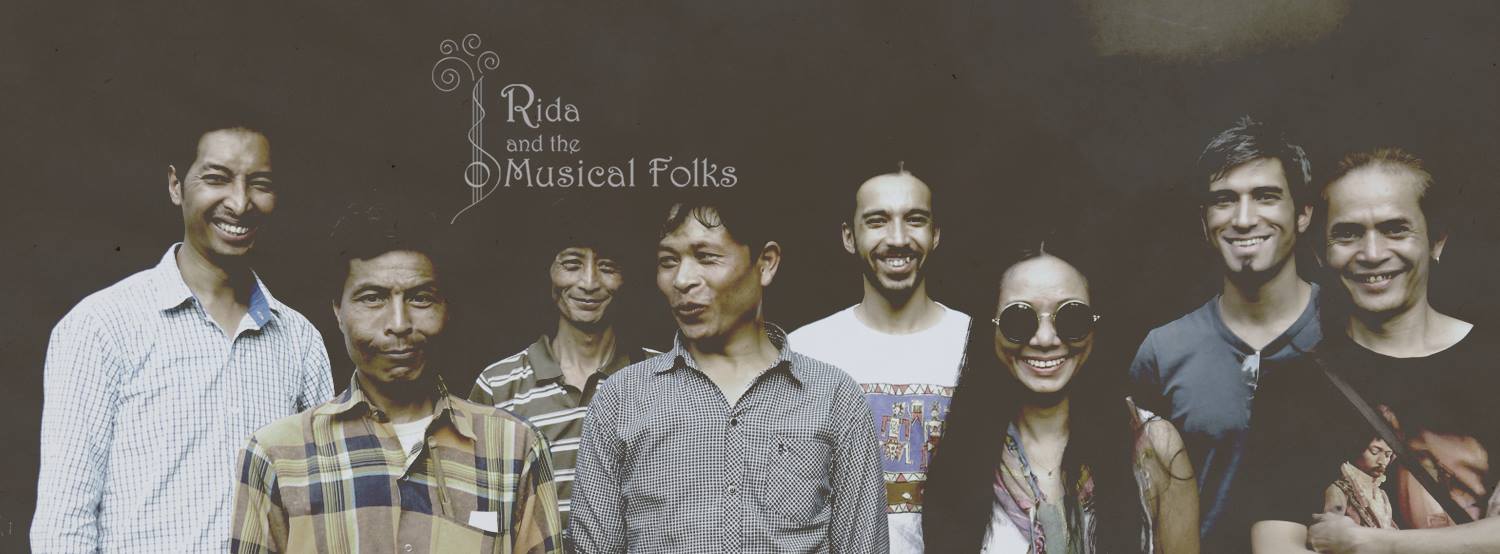
cM: Tell us about the craftsmen who make your instruments.
RG: They are from the Khasi tribe and worship nature. If they have to make a big drum, they don’t just go and cut a tree. They
woo the tree and wait for it to fall. That’s their culture. They take only what they get from nature and are very particular about this. So they cant cater to a large market. For them, it’s more about making a connect with nature and not making an industry out of it which would ultimately lead to deforestation.
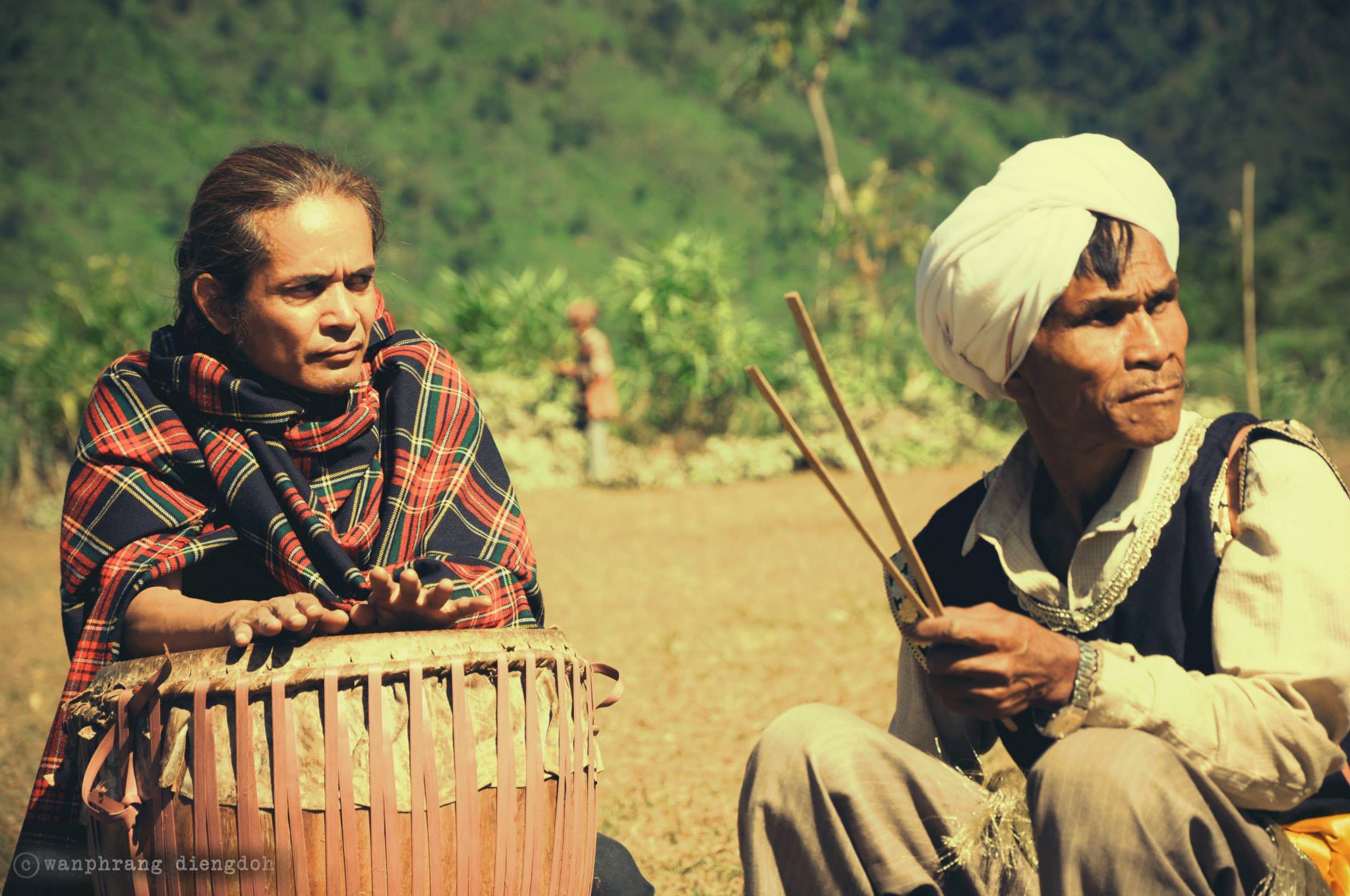
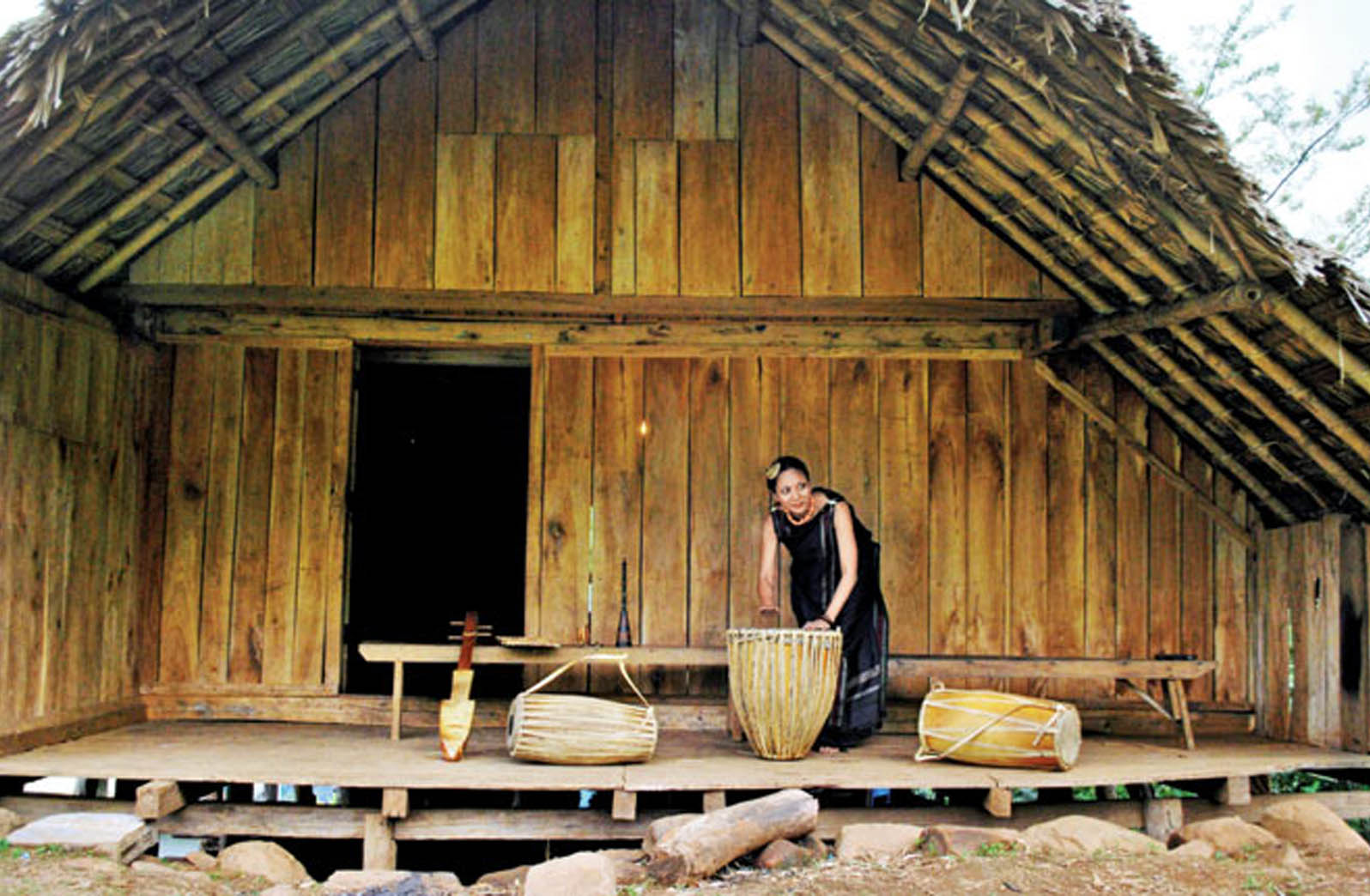
cM: What’s the process behind making a musical instrument?
RG: It starts with sourcing the material. The locals keep a tab on trees that have fallen/are about to fall and use that wood. Needless to say, it’s a slow process. Besides, you cant just cut wood and make an instrument. You have to wait for it to age to get the perfect
sound to resonate. And this could take months. One of our band members makes a sitar using wood. He has to wait for years for the wood to mature to the right weight and texture it requires to make the instrument. There are some woods that age over 5-6 years. When we [the band] needed an instrument, we head to wait for 2 to 3 years!
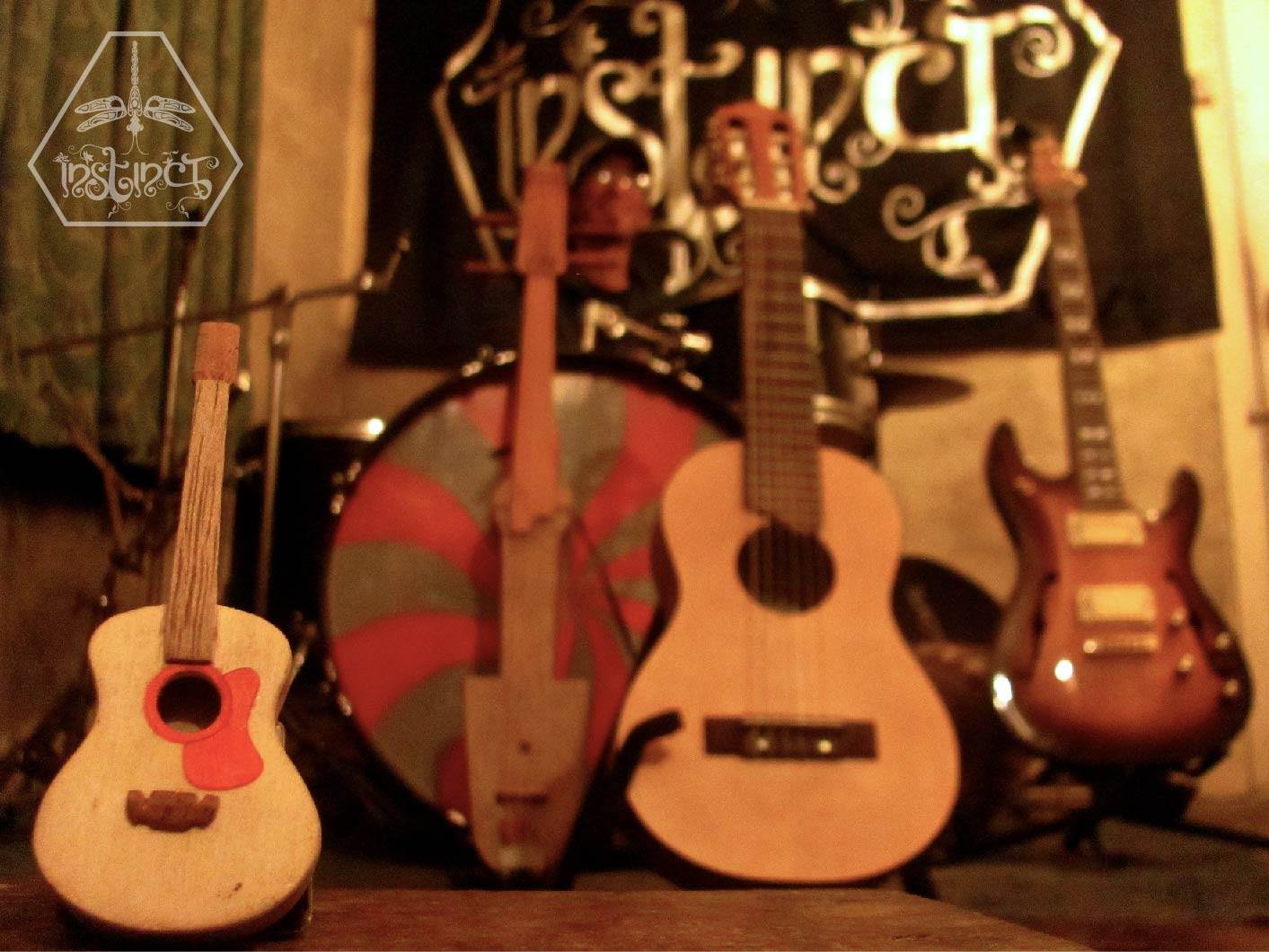
cM: Are these instruments commercially viable?
RG: We’re particular about our product placements, because it’s imperative that its value should be acknowledged. Our products
are handcrafted and as mentioned before, it takes time to make. As of now, you can find some of our pieces in Obataimu, Mumbai. Thankfully people are becoming more appreciative of these crafts and are willing to pay for it as well.
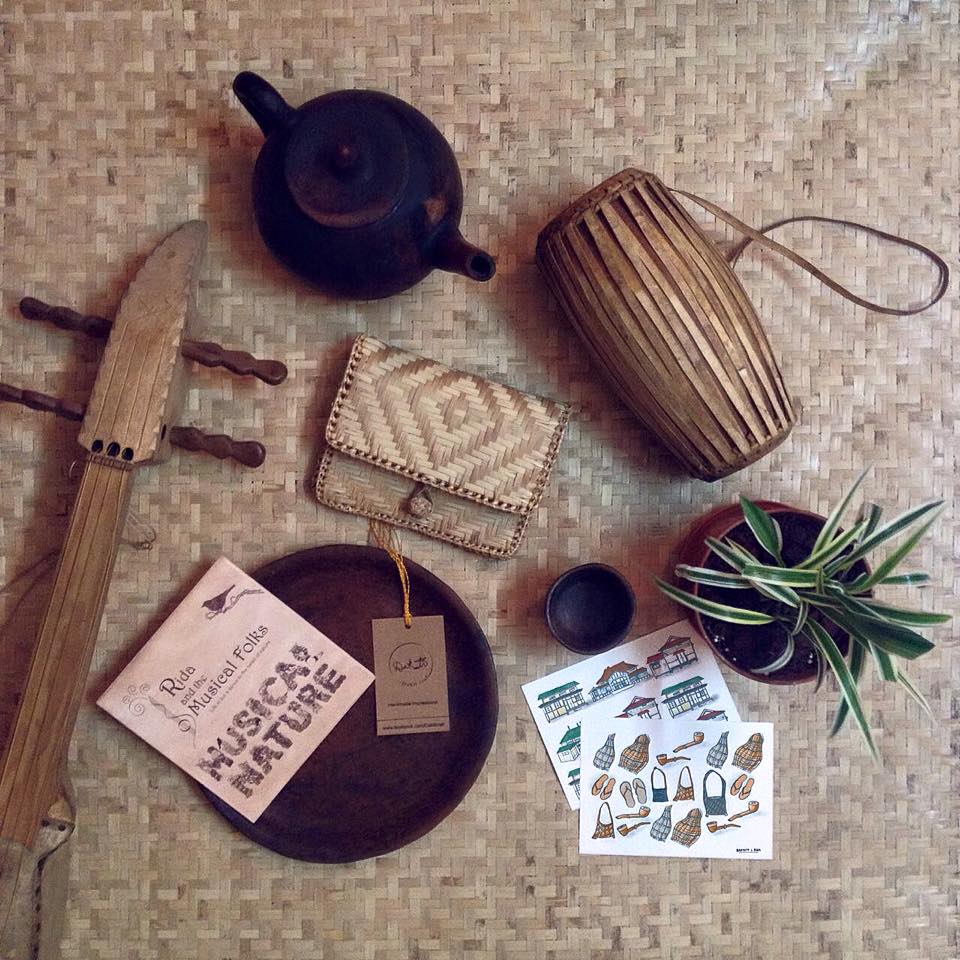
cM: You also make sustainable cookware..
RG: Yes. At Dak_ti Crafts we also promote tableware and stress on the fact that it’s all handmade with love. We work with black clay that comes from a valley in Jaintia hills, Meghalaya. It’s a very
special clay that only a few people in the world work with. It’s healthier to eat and cook in these products and it’s sustainable as well. The food certainly tastes better! Just like the materials we use for our instruments are limited, so is this clay. It can’t be produced in abundance.
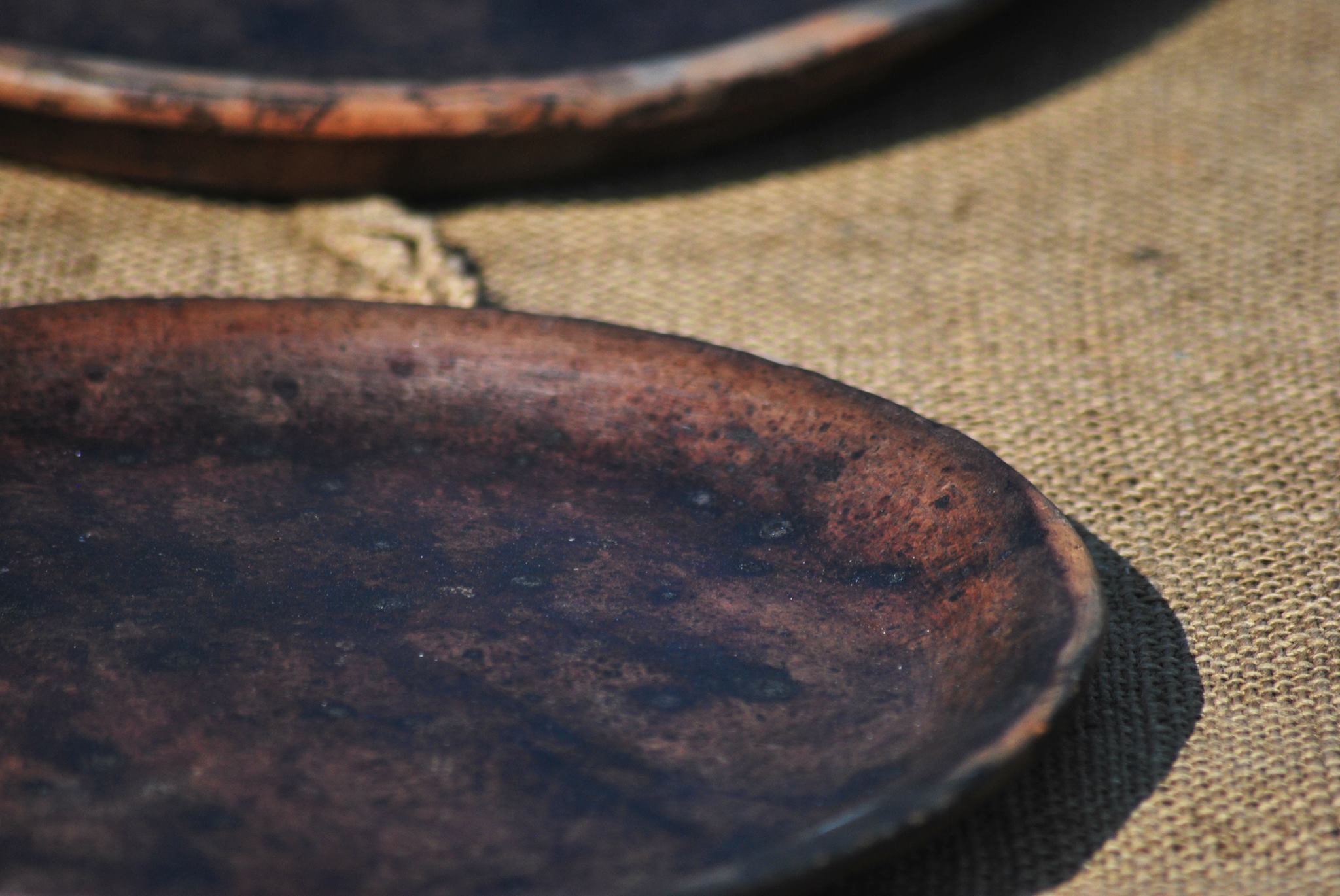

cM: What led you to start this?
RG: We wanted to promote slow cooking. Cooking traditional food is a very slow process, which again I think is a dying art. These days you can get food delivered to your door step in 30 minutes! We travelled to different regions to look for plantations
that were organic and compared them to the ones that used fertilisers, and noticed the difference in the food. So that’s what we wanted to promote – people growing their own food and eating in sustainable crockery. For me, sustainability is a lifestyle that encompasses food, fashion and music. But this lifestyle also stands on the principle of preservation and not buying in excess.
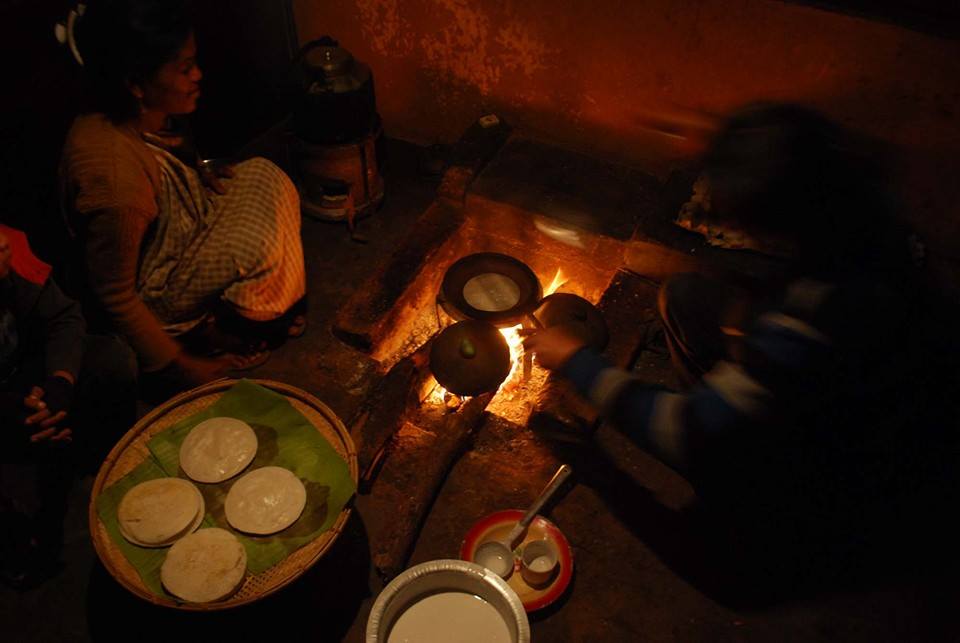
cM: What’s next?
RG: I’m heading back to Shillong in October to set up a Dak_ti unit in the outskirts of the city. We’ve started growing bamboo
over the last few years and hopefully in another 2-3 years, we’d have our own supply! We’re trying to stay very local and go one step at a time.
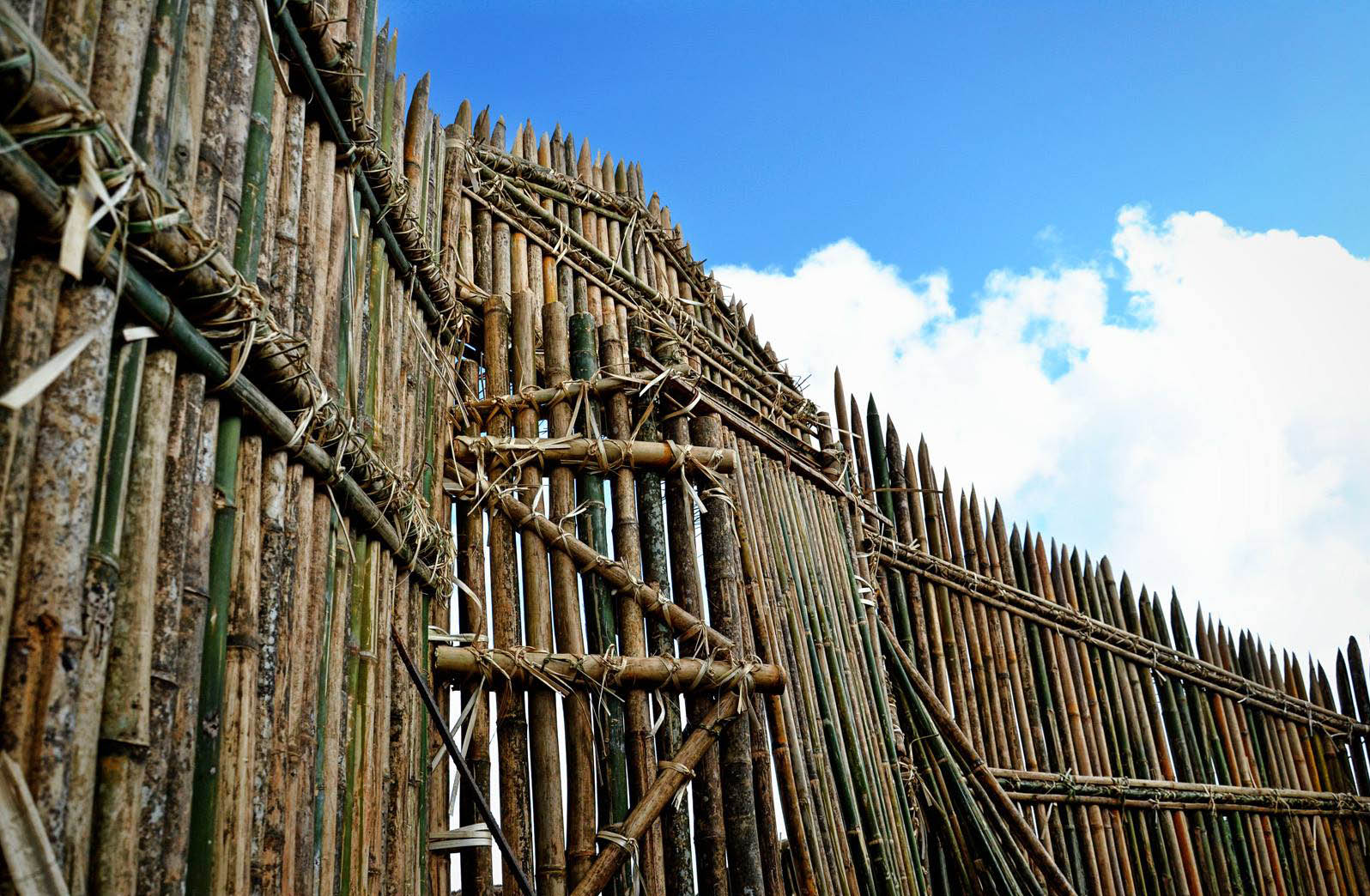
Interviewed by: currentMood